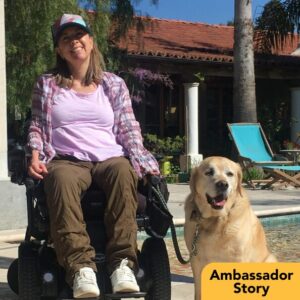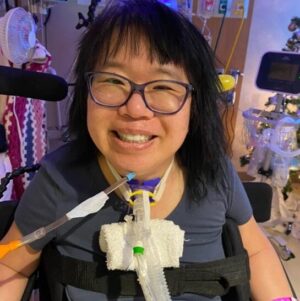
Help Hope Live client Ambassador Dylan Mortimer was diagnosed with cystic fibrosis at three months old in 1979 and received new lungs through transplants in 2017 and 2019. Dylan is a talented artist who has created public art installations in several cities including New York, Chicago, Baltimore, Kansas City, and Denver.
We asked Dylan to tell us about the role of art in his life, the meaning of hope, and the reality of life after transplant.
In the years since your last transplant, what has changed, and what has stayed the same?
Day to day, I do several things to maintain my post-transplant wellbeing. That includes taking medication, managing my insulin levels, prevention for skin cancer, exercising, and pursuing regular labs and doctor visits.
It may be surprising, but many aspects of my day-to-day life are the same as they were pre-transplant.
However, I see everything through a different lens—a lens of joy, gratitude, and not taking things for granted.
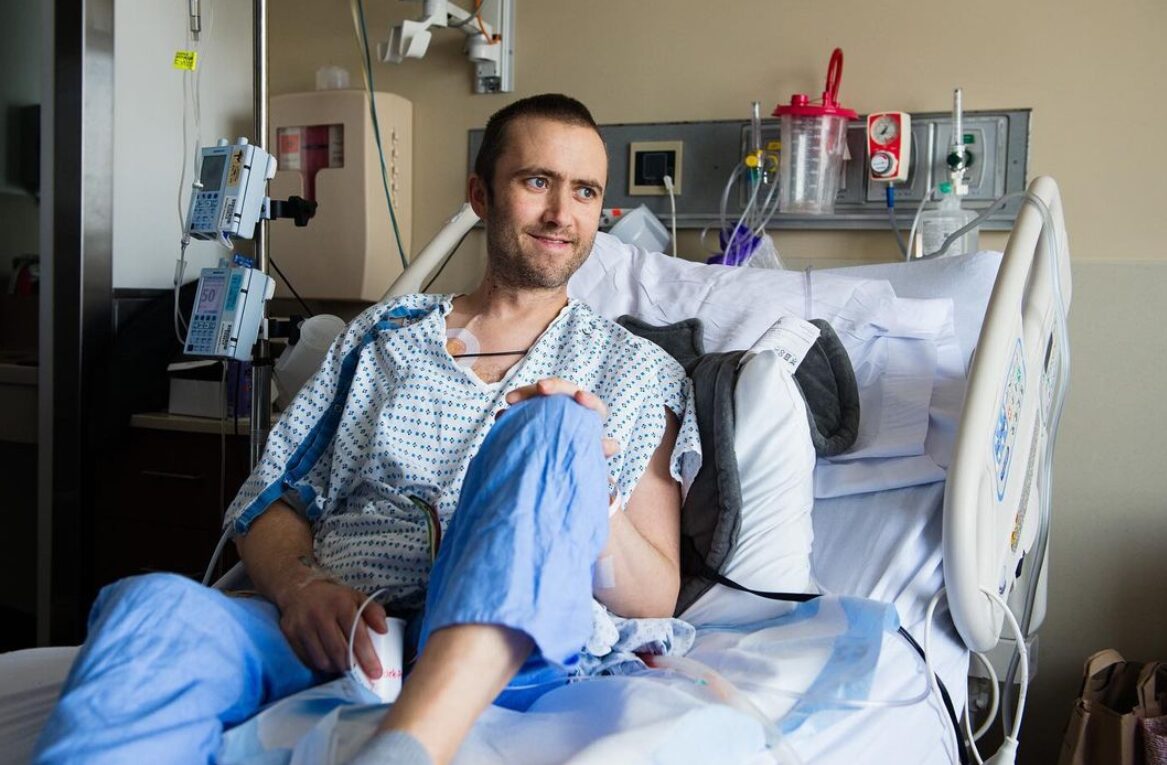
Do you feel you’ve changed or grown over these five years?
Yes—I feel I am always evolving.
Transplant is such an intense reality that it takes a lot of time to process everything it means to get the gift of life. I’m not sure anyone can fully process the loaded reality of it all.
I believe I have grown in standing in the tension of holding joy and grief simultaneously.
I have grown in gratitude, the ability to communicate, and the ability to share my gratitude with others.
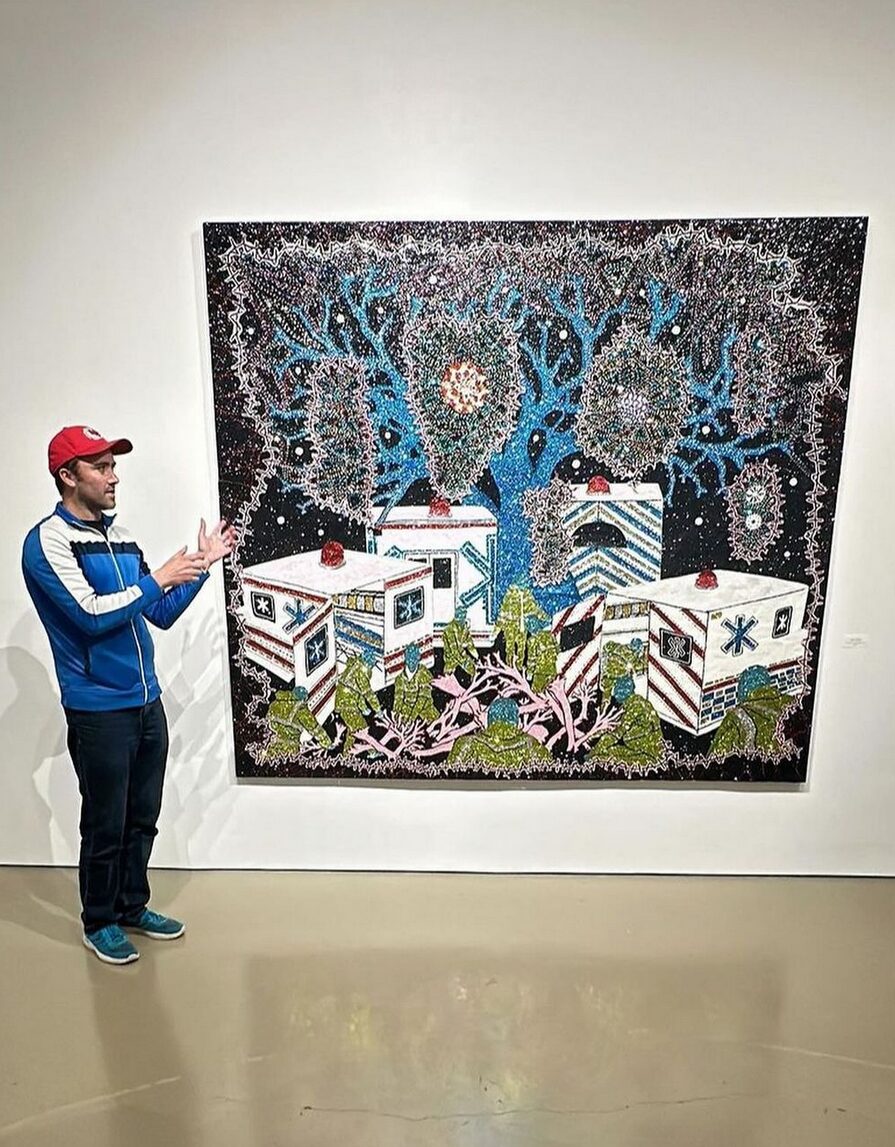
What are you excited about for the year to come?
I’m excited about many art projects this year will bring—particularly a collaboration with a transplant clinic in South Africa to “bring heart to the hospital” and, hopefully, finally releasing a book I wrote at the time of my transplant.
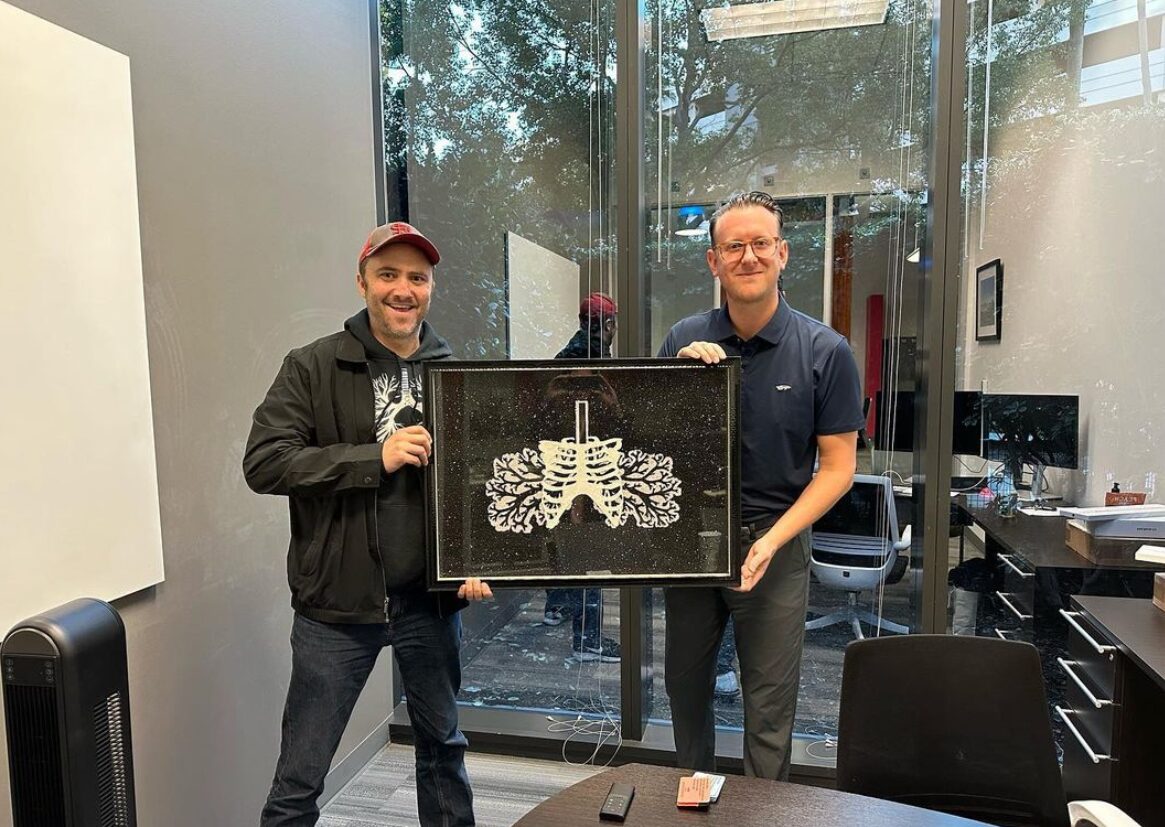
What does art and making art mean to you today?
It is more true for me every day that my art celebrates victory over my diagnoses, catalogues my journey, and transforms difficulty into joy and hope.
Art has been essential to my survival and to any thriving that I’ve done.
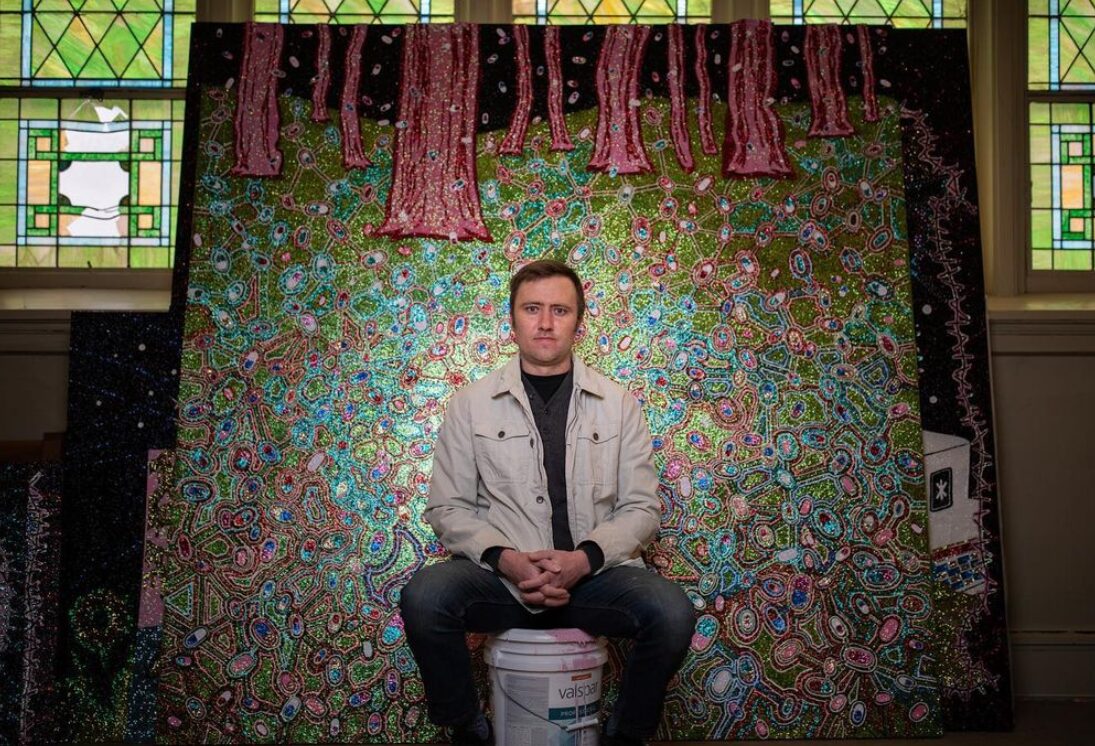
Art provides a realm to process the weight of everything I have experienced, and to celebrate, thrive, and explore.
I believe art is accessible to everyone, not just a select few, but we all have different walls to scale to get there. I see people creating and making art almost everywhere in their own ways.
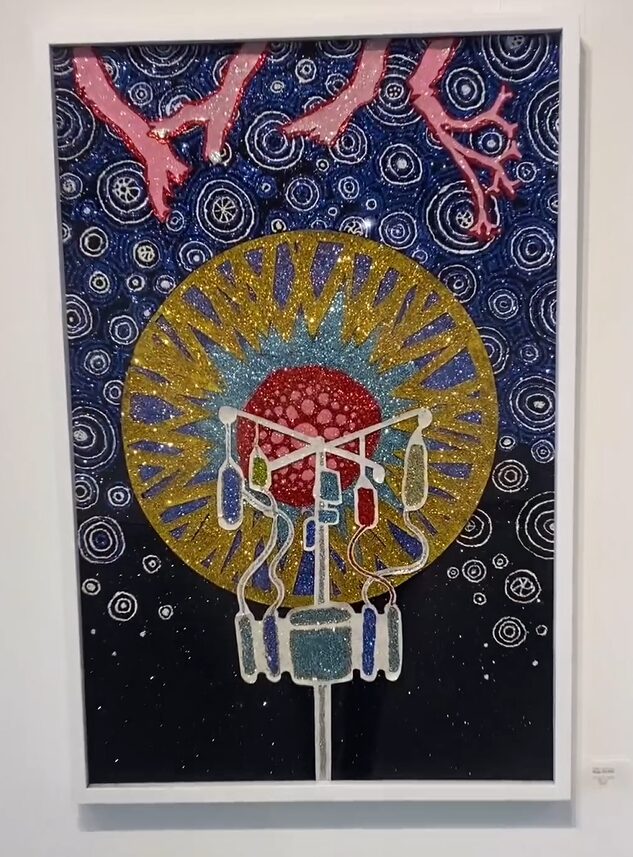
For Help Hope Live fundraising clients like me, art can also be a way to incorporate more of who you are into your fundraising efforts.
You can help people to see your vision for the future—one that goes beyond survival—and it’s a critical and inspiring message to be able to deliver.
So much of what we go through is beyond words. Art brings some understanding but more feeling—a sense of spirit that casts a situation in a different light. It’s a way for us to enter into complexity, nuance, and difficulty.

How did you learn about Help Hope Live, and why did you start fundraising?
I heard about Help Hope Live through John McMahon, father of Annie McMahon. I wish I had heard about it sooner!
I chose Help Hope Live because of the overall mission and vision of the nonprofit and the tax deductibility [for donors].
I’ve had a greater experience in every facet with Help Hope Live than I’ve ever had on another fundraising platform.
I believe in the mission, and I genuinely appreciate the Help Hope Live team. I asked to become a Help Hope Live Ambassador as a small way to give back to the many people who have supported me.
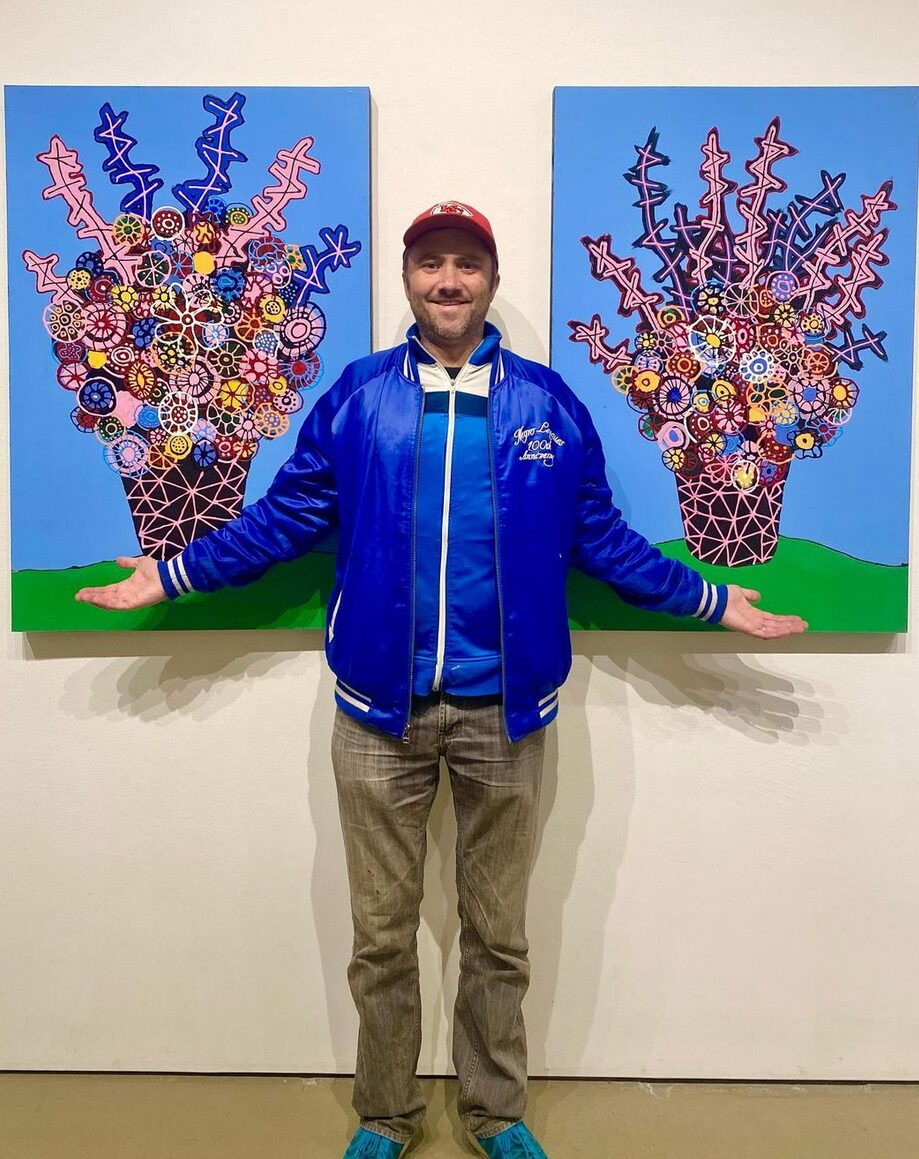
In addition to sharing Help Hope Live with others who may need fundraising assistance, I have also been able to contribute to initiatives like the Hope Talk on Hope, Strength, and Living Forward.
Sharing our stories is one of the most powerful things we can do.
Many of our stories relay the seemingly impossible. They transcend the ordinary and the expected and help us look past the hopeless outlook we can get stuck in when we turn to science and statistics alone.
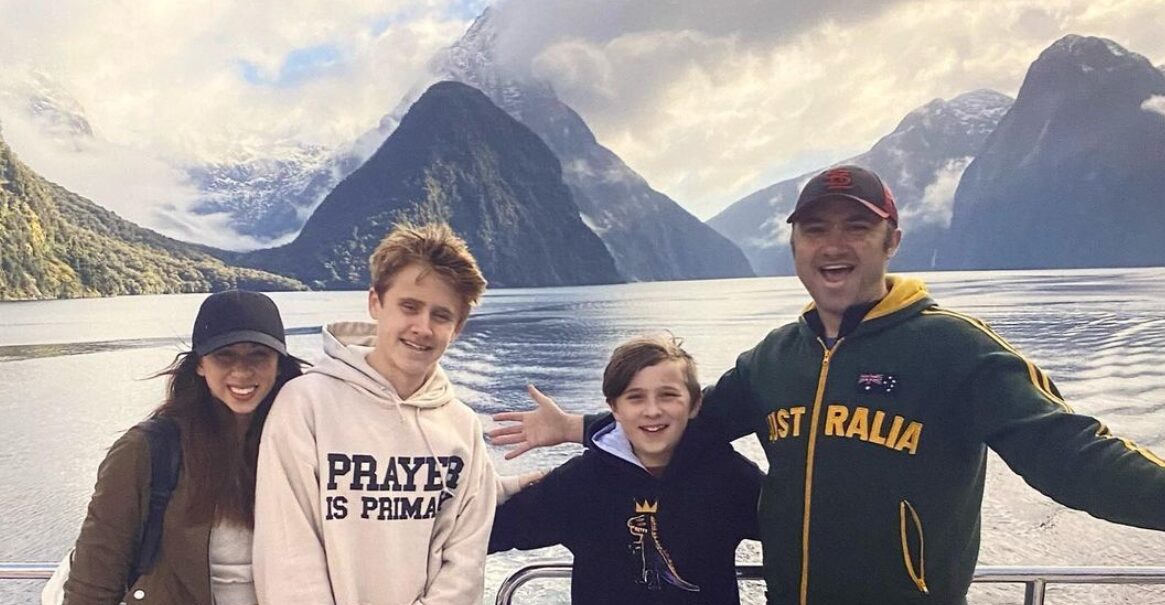
What does “hope” mean to you right now—and how do you find it?
Nearly everyone has wrestled with hopelessness.
The question is, where do we find hope beyond ourselves? For me, hope is deeply rooted in a spiritual understanding that we are given far more than we could ever earn—just like we are with the gift of life, or even the gift of each breath we take.
We can do our parts and work as hard as we can, but in my case, none of that was going to save me. I needed a donor to live. The truth is that whether we are transplant candidates or not, we all need a donor.
We all need help beyond what we can do for ourselves.

Photo: Dylan, right, and organ donor Spencer.
Scriptures speak of God as our hope. Aid coming from the outside and the unexpected. I have prayed for hope for myself and others so many times, praying that hope would make a way when there seems to be no way.
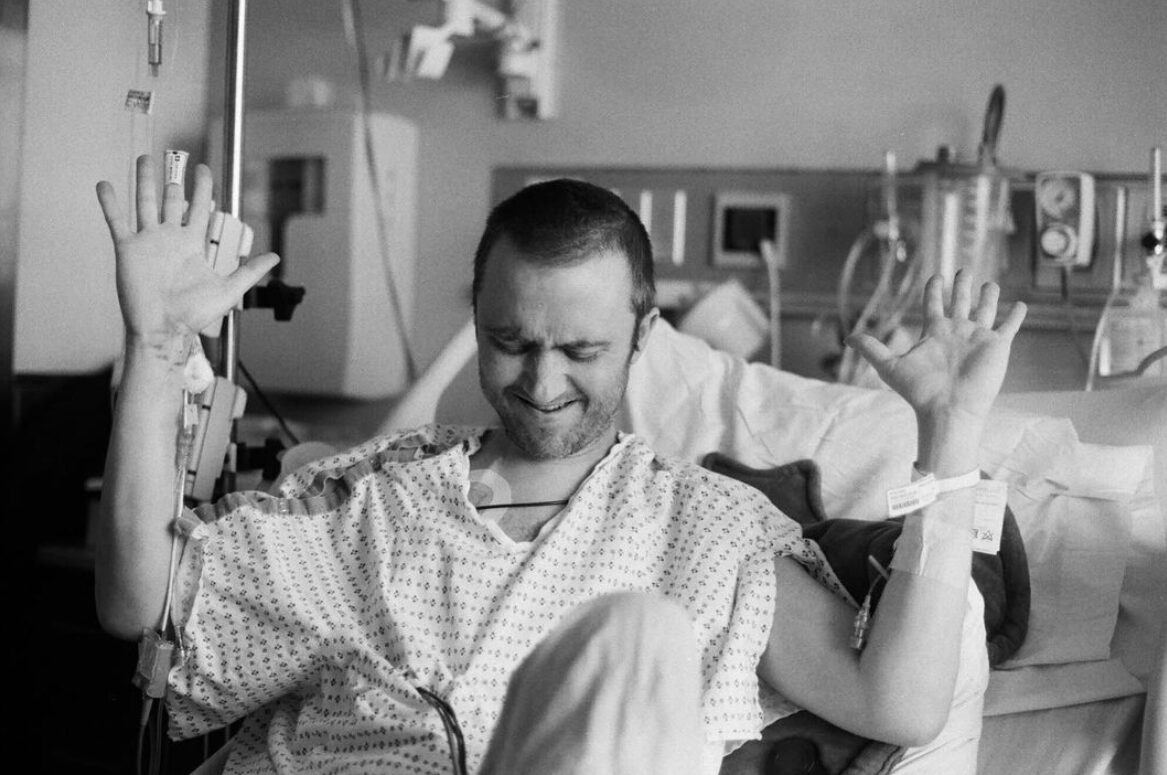
Love always hopes. Hope is love in action. Hope is the longing for the best of ourselves—and for ourselves—and others.
Hope is the trust that there is more to come.
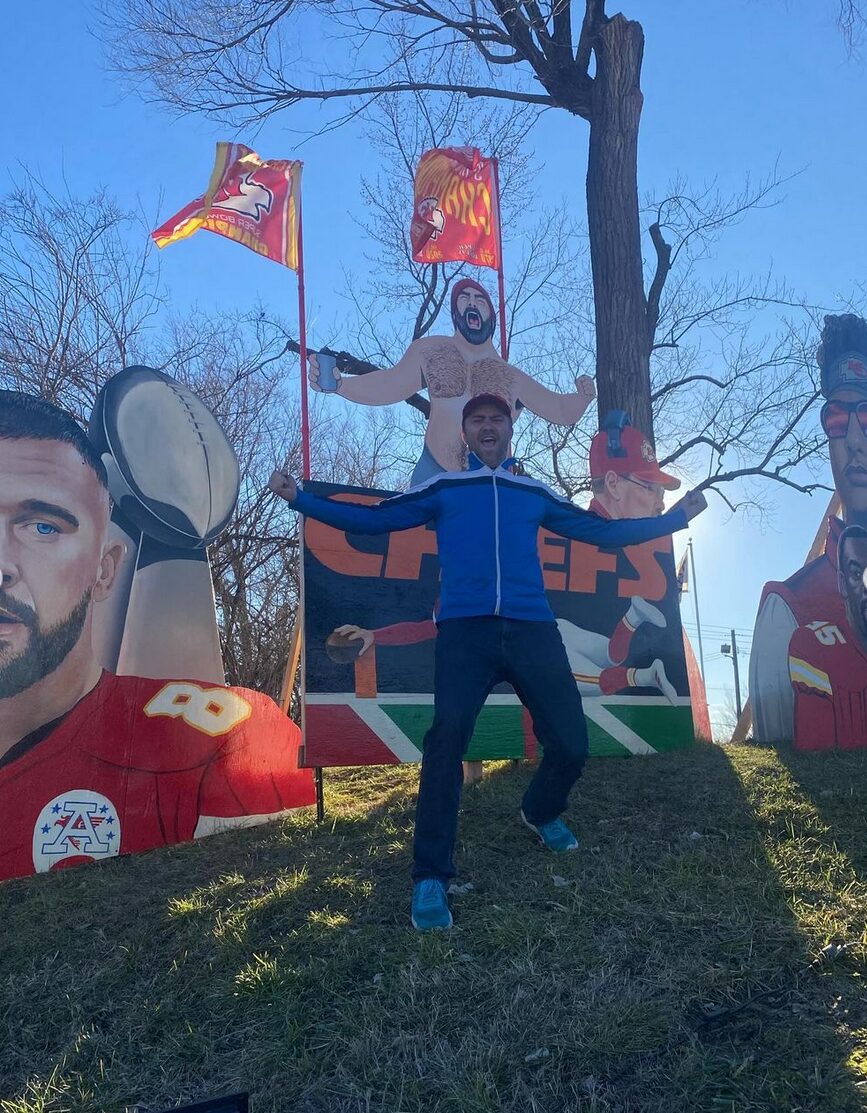
Keep up with Dylan’s life, art, and hope by following him on Instagram.
Written by Emily Progin
